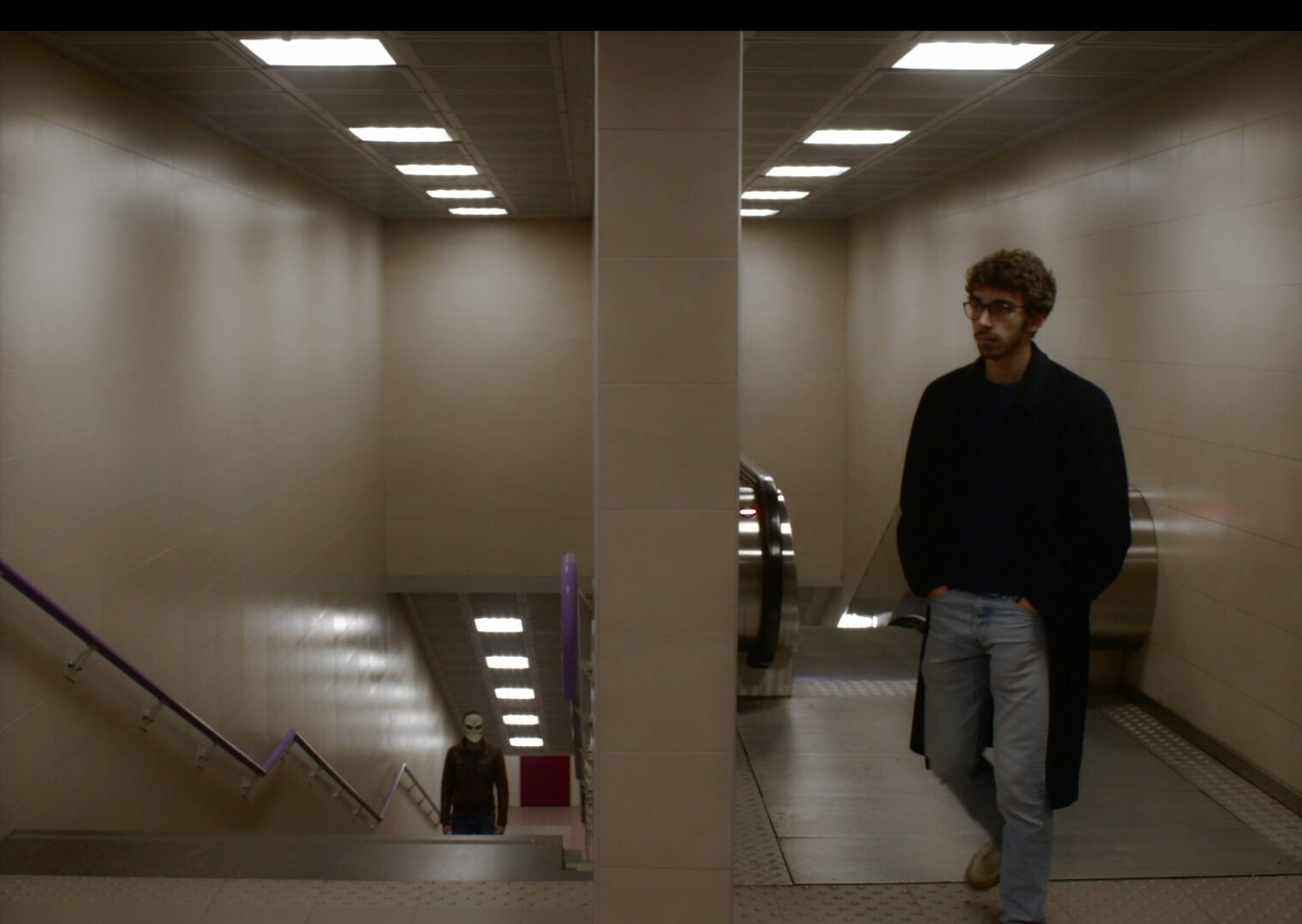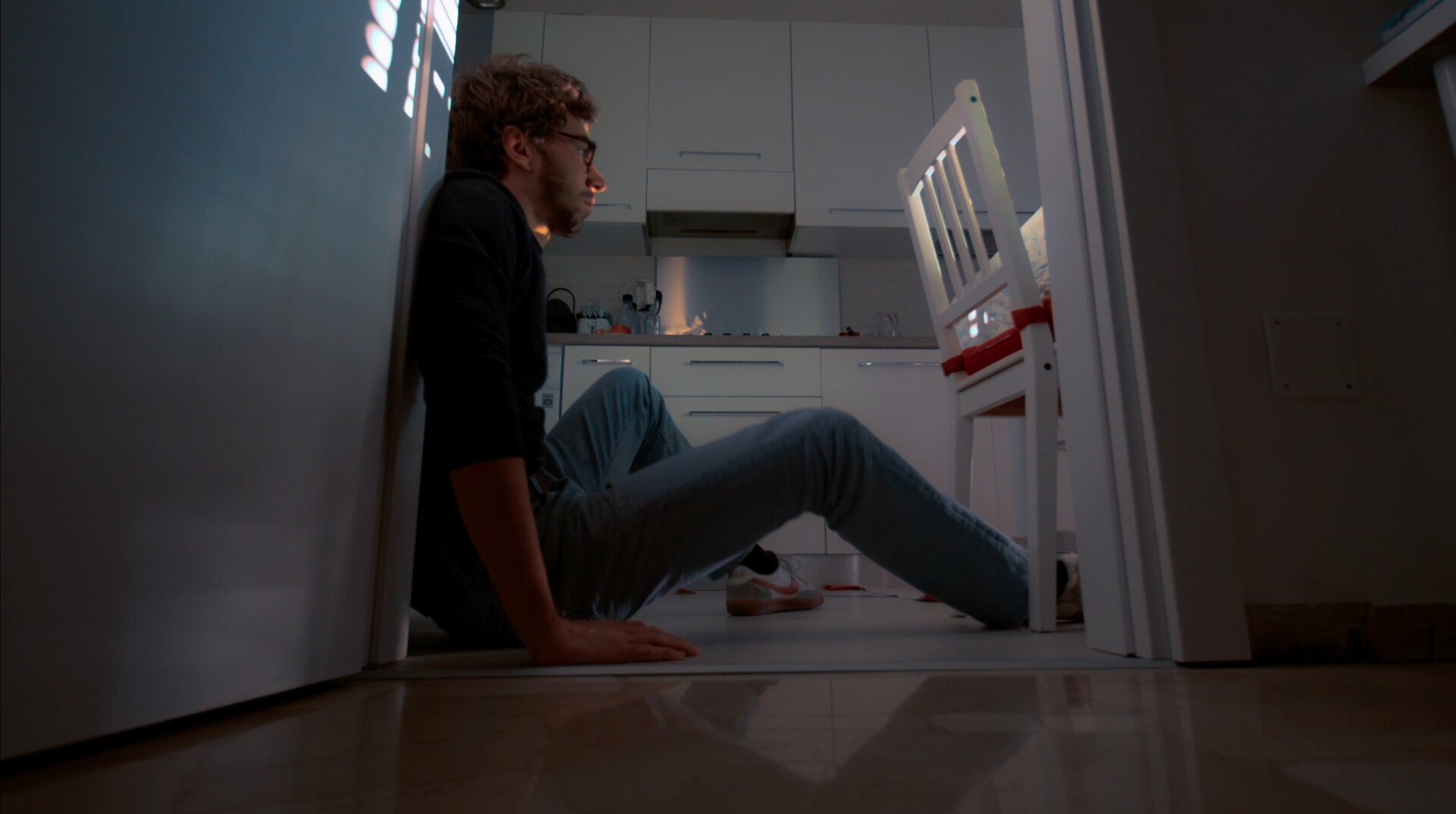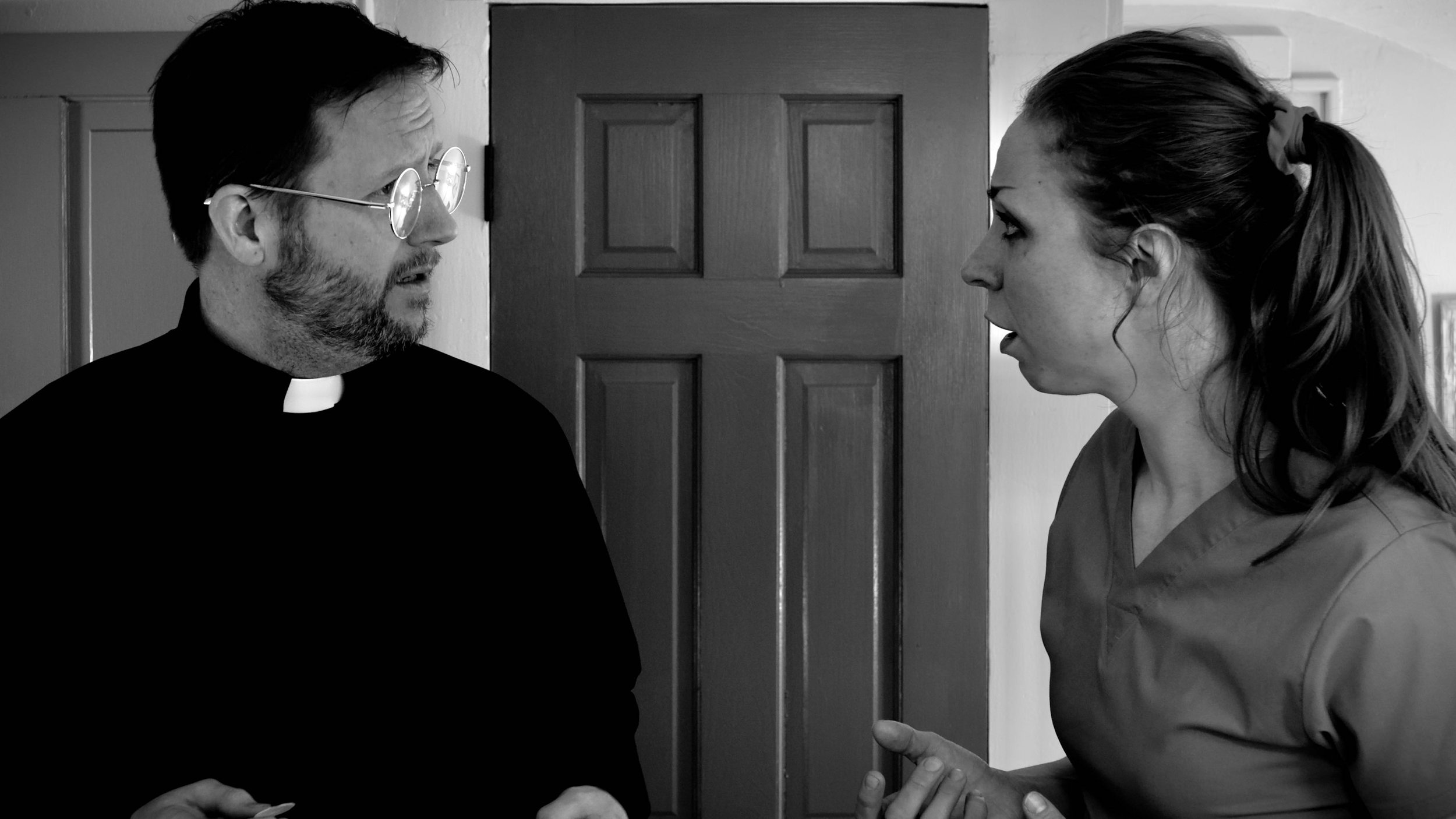Daydream(2024)
A spoiler-free review by Kraken Film Reviews
-
Francesco Zarcone
-
Italy
-
13 minutes
-
Experimental, Thriller
"Daydream" is an Italian short film directed by the visionary Francesco Zarcone, starring the talented Giorgio Locatelli in the lead role. Filmed on location in the vibrant city of Milan, Italy, this 13-minute and 38-second cinematic journey was completed on March 2024, with a modest production budget of 280 EUR.
What sets "Daydream" apart is its bold choice to forego dialogue, relying instead on powerful visual storytelling to convey the emotional depth and psychological complexity of its narrative. This unique and immersive experimental approach draws the viewer into a world where the boundaries between reality and delusion blur, and the fragility of the human mind is laid bare.

In "Daydream", the protagonist faces the devastating loss of a loved one, leading to a profound psychological breakdown. As the boundaries between reality and delusion blur, the character spirals into a state of deep emotional confusion, heading towards insanity. The film explores themes of grief, mental instability, and the fragile nature of the human mind in the face of overwhelming trauma.
The absence of dialogue shifts the viewer's attention to the visual details and the atmosphere created by the director, allowing for greater emphasis on cinematography and actor direction. This approach also makes the film more universal, as it is not bound by linguistic barriers, enabling a broader audience to understand and connect with the narrative regardless of their native language.
Initial editing is driven by the cadence of sound effects, which is highly effective as it blends not only the sound of street signals but also a more human element— the frantic, tense breathing of our protagonist, verging on panic.
The cinematography is outstanding, with the dynamic tempo of the editing seamlessly mirroring the rhythm, drawing the viewer into the narrative from the outset. Although the elements are tantalizingly cryptic, they refrain from fully disclosing the plot, instead offering subtle hints: a road, the distant wail of an ambulance, a wrecked car.
As these fragments begin to coalesce, questions arise: who among the characters has suffered an injury? And what sequence of events led to this particular incident?

The mystery around who got hurt and what happened really ramps up the tension and suspense, keeping the audience hooked on figuring out what's going on in these puzzling scenes.
We see a young man walking through the city, but there’s no sign of a traffic accident. We realize that those initial moments were actually a flash-forward, and as we watch the young man wander the streets and then descend into the city's subway, our curiosity deepens. We’re left wondering how we’ll get to such a serious accident, especially with so much still hidden from us.
As the young man continues his journey, he eventually makes his way home. He walks up to the house, his footsteps steady and deliberate. Upon reaching the front door, he pauses for a moment before slowly turning the handle and stepping inside.
The entrance is marked by an air of mystery; he moves cautiously, his eyes scanning the interior as if searching for something or someone. The lights are already on, there’s an eerie glow over the scene.

There’s a great synergy between the camera operator and the cinematographer when the character enters his home and finds the lights on. It’s no easy task to balance the various temperatures and lighting changes in a continuous shot without altering the camera settings.
What initially seemed like a drama with thriller undertones suddenly turns into a horror film, with the genre taking an abrupt shift in direction. The transition between the horror scene and the subsequent one, where the character calmly washes his face as if nothing happened, feels disjointed. It’s as though there was an emotional climax that gets interrupted without any real explanation.
In the following scene, the character is out for the evening with a friend, and it seems that the accident happens—but was it a dream, or did those events actually occur?
The ambiguity leaves the audience questioning what's real and what's just a product of the character's imagination. While the narrative retains some interesting elements, it seems to lose its way slightly, failing to provide enough clues.
It’s good to maintain an air of mystery, but ideally, this should be done while offering the audience a reasonable number of leads to follow. Without these breadcrumbs, the story can feel disjointed and hard to follow.
In the end, "Daydream" is a short film that excels in its pacing, tone, and technical execution, offering a blend of genres that keeps the viewer engaged and intrigued. Its principal shortcoming lies in the screenplay, which could have probed further into the protagonist's inner journey, thereby offering a more cohesive narrative. Nevertheless, it is evident that this is a deeply personal endeavor for Zarcone, likely mirroring his own anxieties and internal turmoil.
"Daydream" is a film that invites multiple viewings, each time revealing a little more of its hidden depths. While it may not satisfy every viewer’s desire for a neatly wrapped story, it’s a thought-provoking piece that lingers long after the credits roll, leaving us to ponder the thin line between reality and delusion, and the profound impact of trauma on the human mind.
“Whatever we plant in our subconscious mind and nourish with repetition and emotion will one day become a reality.”
Discover more reviews:
“Viaticum”
A dark comedy that follows the story of Albert Lewis, a man nearing the end of his life, and his son Jason. Things take a wild turn when the local priest, Father Kettinger, arrives to administer the last rites.
“Nu Metal Will Never Die”
An aspiring nu-metal band practices for their first show on New Year's Eve, 2000. Derek, their overzealous frontman, is desperate to break through and leave his hometown.



